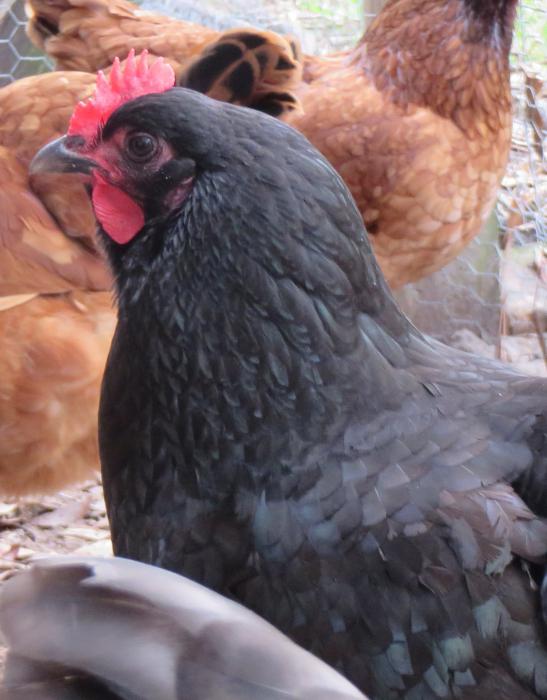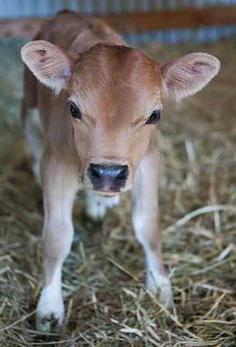Breed of chickens Russian Crested: description, productivity and reviews
The breed of chicken, the Russian crested breed, is one of the oldest andthe best of all, bred in our country. In homesteads it is contained mainly as a poultry meat-egg direction of productivity. Since the appearance of the Russian crested is very beautiful and original, some owners of suburban areas contain it, including as decorative.
History of the breed
The Russian crested hen was bred as a methodnational selection. In the XIX century, it was held practically on all peasant farmsteads. There is also a version that the birthplace of this bird is Central Asia. But anyway, the word "Russian" was fixed in the name of the breed, apparently for good. At present, the experts of the club of lovers of the Khokhlatka and the Pavlovian hen are reviewing its standards. The fact is that over the century the exterior of this bird has undergone quite a serious change.

Breed description
Looks Russian crested breed of chickens (photo,presented on the page, clearly demonstrate this) is quite unusual. The main distinguishing feature of this bird is the presence on the head of a large crest. Also to the peculiarities of this age-old Russian breed include:
Short legs. In males, they are slightly longer than in chickens.
Strong beak. And laying hens, and males, it is slightly curved.
Straight broad back.
Straight, well-developed tail. Poultry usually have braids.
Strong, slightly lowered wings.

The Russian crested breed of chickens also has thisa distinctive sign, like a scarlet face. The earlobes and earrings of this bird are bright red. Khokhol in chickens is better developed than in males. In poultry, it usually has a spherical shape. In males, the crest is more like a mane and hangs to one side. This characteristic "cap" grows on the visceral hernia. This is called a hillock on the head of a chicken, which is a skin formation filled with the brain. The size of this hernia may vary. But thanks to its presence, the brain of the Russian crested is larger than that of other breeds.
With regard to the color of birds, no special rulesstandards are still not provided. However, most often on suburban farmsteads one can see white hens of this breed. There are also blue, black, golden-horned and calico hohlatki.
Performance indicators
In addition to high decorative qualities, the breed of chickensRussian crested, as already mentioned, has economic value. In the XIX century, at a time when this species was most common, the weight of the males was about 2.7 kg, the chickens 1.8 kg. Today, the breed standards have changed a bit. Modern crested hens weigh about 2.2 kg, males - 3.5 kg. That is, this original bird can be successfully grown, including meat.
Good numberslaid eggs - this is also what distinguishes the Russian crested breed of chickens. Productivity of a bird in this plan makes 150-170 pieces. in year. The shell color of eggs from the layers of this breed is usually creamy with a pinkish tinge. Sometimes there are white versions, as well as dark beige. The weight of one egg is usually 56-58 gr.

Fertility of eggs in these chickens is very good -almost one hundred percent. Approximately 20-30% of chickens are excreted without pancakes. The overall safety of the young is 91%. There is also no big dropout of adults on farms. In this case, the safety factor is approximately 93%.
Features of behavior
In the content of the breed of chicken, the Russian Crested is veryunpretentious. This bird is distinguished by calm disposition and goodwill. The Khokhlatki are completely tame, but they are inquisitive and quick-witted birds. With other breeds of chickens, ducks, geese, etc., they get along very well. Even adult cocks with respect to each other aggression is extremely rare.

How to keep
Care of the Russian crested breed of chickens, descriptionwhich was given above, should receive about the same as any other bird meat-egg direction of productivity. The only peculiarity of the content of these hens is the need to trim the crest of some individuals. The fact that an adult bird, he often closes his eyes. As a result, the chicken does not see food and drink, and in some cases may even go blind.
Cold, these birds are not afraid - they can calmlywalking on the street even in winter. However, it is better for them to build a shed warm. Otherwise, in the winter, they can reduce egg production. Previously, the Russian Crested, as already mentioned, were kept on common farmsteads. This contributed to the development of their good immunity. Viral diseases, these chickens are not sick almost never.
Of course, for the Russian Crested, as for anyanother poultry, in the shed should be equipped with good lighting and ventilation. You also need to install roosts and nests. The first is easiest to make from poles or from a bar 5x7 cm. Arrange the roosts at an altitude of about 60 cm from the floor. Nests are usually nailed to the wall of a house. Place them best in front of the roosts at the same level with them. Do not install the sockets next to the window. Nases are also usually packed from the opposite side. The floor in the henhouse should be covered with sawdust or straw.

Feeding
In the first weeks of life chickens Russian crestedrocks usually give a mashed egg mixed with grain. In the subsequent fed with mesocarp, bran, wheat. Of course, chickens should receive all the vitamins and microelements they need. In barnacles should be added special bait, chalk and a little salt. Also very useful for these chickens can be fish or clover flour, dairy products, corn, shell. In the mashrooms, you should always put root vegetables: grated carrots and beets.
The Russian crested breed must be fedthree times a day. In the morning, the bird is given a little grain, a mashed bread with bran for dinner and wheat in the evening. In the hen house, it is necessary to put a cup with small pebbles or large sand. Water should be changed more often.
What can be the shape of the crest
Breeding chickens of this breed in many farmerfarms, as well as poultry farms. The shape of the tuft is usually spherical. However, individuals can also be found with other "cap" species. The pappus in these hens is:
protruding;
spreading (in the form of a fountain);
sheaf-like;
round;
helmeted.
All these varieties are, without exception, attachedRussian crested chickens are absolutely unique original appearance. Combs in the standards of the representatives of the breed are allowed both pink and leafy. The second species is more common.

Russian crested breed of hens: reviews of owners of household plots
Opinion about this breed among farmers has developednot bad. As noted by many poultry farmers, this chicken for good care is very responsive. With the proper feeding of eggs from it, you can get even more than is stipulated by the standards. Some owners of chickens carry an average of 200-210 pieces per year.
The critters themselves are considered smart chicken. Many owners of household plots at specialized forums say that they understand the owner from a half-word and behave very obediently. Cock girls show a lot of care about the chickens. Nesushki at the same time show just excellent maternal qualities.
</ p>




